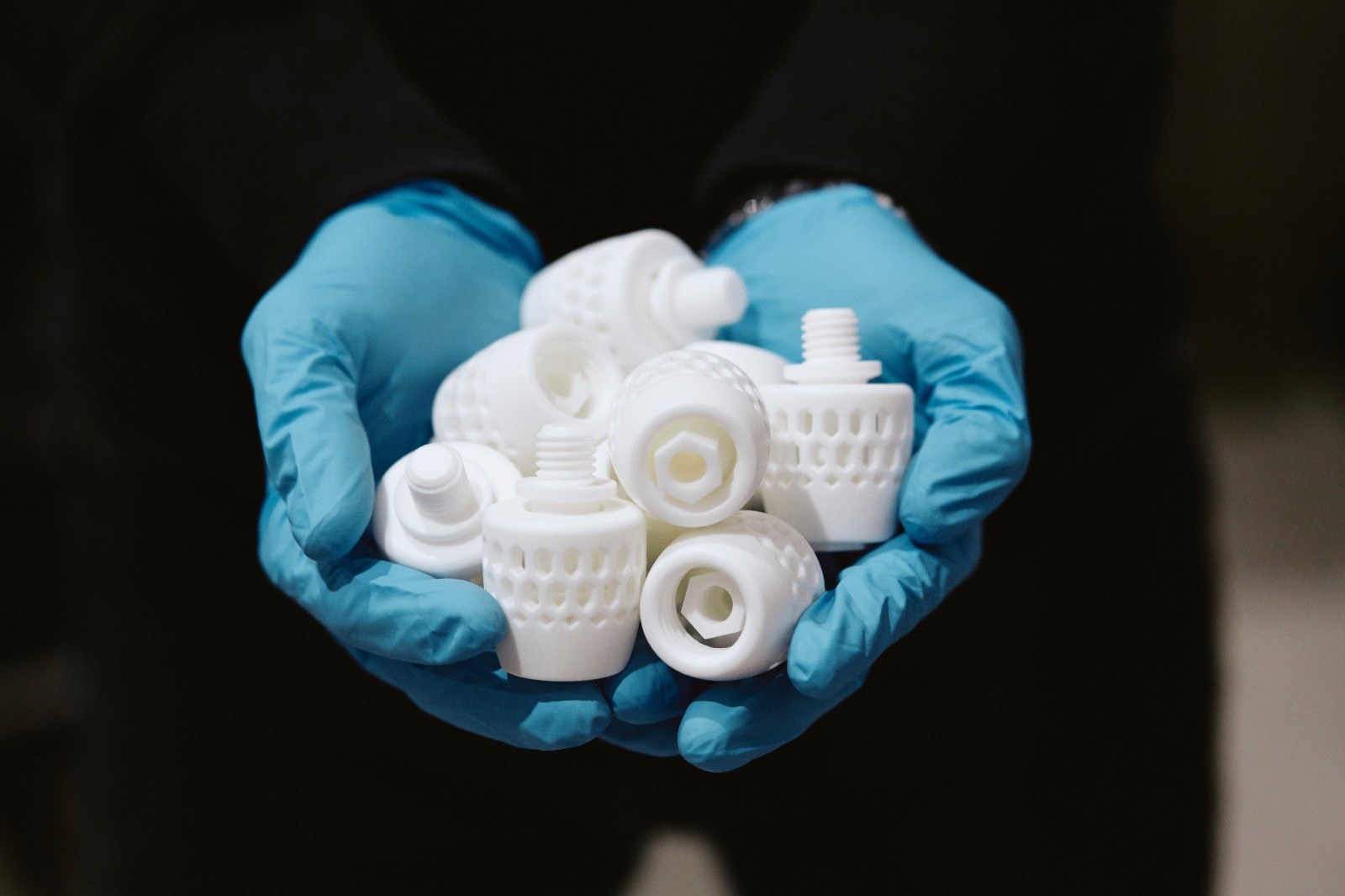In a first for Australasia, fi innovations brings you vapour smoothing technology for 3D-printed polymer parts, with AMT's PostPro3D machine achieving a surface finish comparable to injection moulding.


In a first for Australasia, fi innovations brings you vapour smoothing technology for 3D-printed polymer parts, with AMT's PostPro3D machine achieving a surface finish comparable to injection moulding.



Chemical vapour fusing technology smooths and seals the surface of 3D-printed polymer parts, achieving a surface finish comparable to injection moulding. The process is non ‘line-of-sight’, so it can smooth complex geometries and internal cavities in thermoplastic parts, without degrading their dimensional accuracy.
PostPro vapour smoothing improves the performance and aesthetics of each part, taking your 3D parts to the next level. Not only does it create beautiful looking parts, but it also seals the surface, enabling easy cleaning, dyeing and coating.
Most materials gain mechanical performance after vapour smoothing, including increased Yield Stress and Elongation at Break (EAB).
The patented PostPro vapour smoothing technology has UL & CE certification. End-use parts can be certified for skin and food contact.
Vapour smoothing is compatible with over 100 materials of varying printing technologies, both powder-bed fusion and fused filament fabrication.


Our PostPro 3D vapour fusing machine is ready to smooth your 3D parts and help grow your business.
PostPro3D from AMT delivers high-quality parts efficiently & consistently.


Using a series of pre-defined parameters, our chemical vapour smoothing achieves a surface finish with an RA of less than 1 micron, matching injection moulding techniques.
The vapour smoothing process completely seals the surface. It is airtight and watertight, eliminating liquid or gas intake.
Due to the reduction in surface porosity and crack-initiation sites, vapour smoothed parts have an increased Elongation at Break (EAB) with no loss in ultimate tensile strength
The highly-controllable and repeatable process does not degrade the dimensional accuracy of the parts. After vapour smoothing, parts exhibit less than 0.4% dimensional change, regardless of the desired finish level.
Coloured parts do not bleed in the vapour smoothing process. Instead, colour consistency and hue are enhanced, making them more vibrant.
Bacterial growth and biofilm formation are reduced on parts, increasing food safety and reducing cleaning.


Compatible with all powder-bed (SLS, HP MJF & HSS) and material-extruded (FDM, FFF, FGF & HSE) printing technologies:


Accelerate your additive manufacturing - vapour fusing will create opportunities for a wide array of new applications.